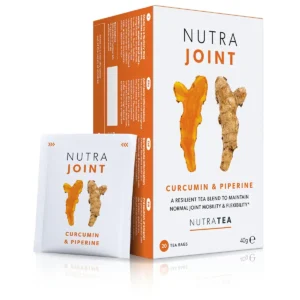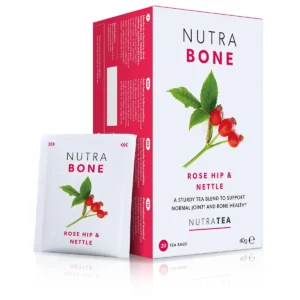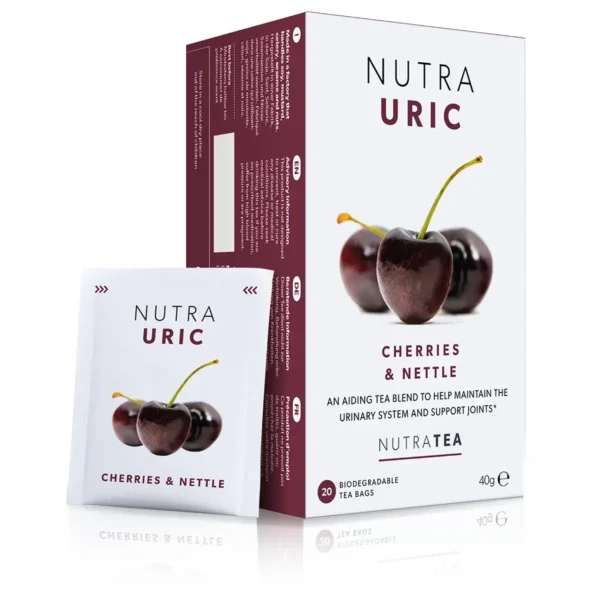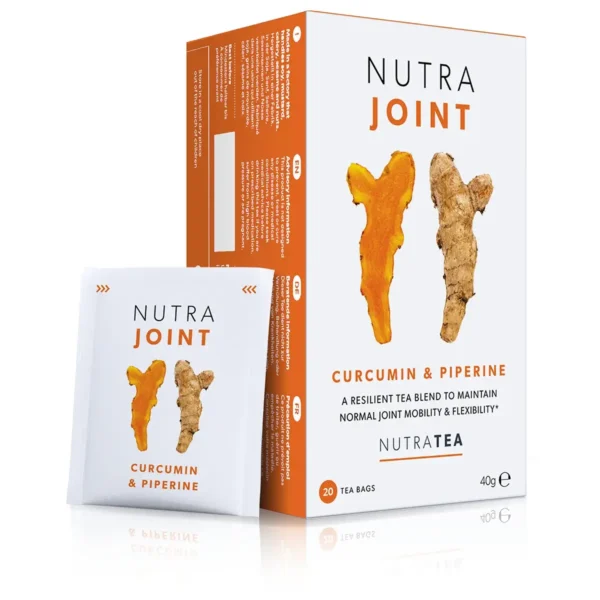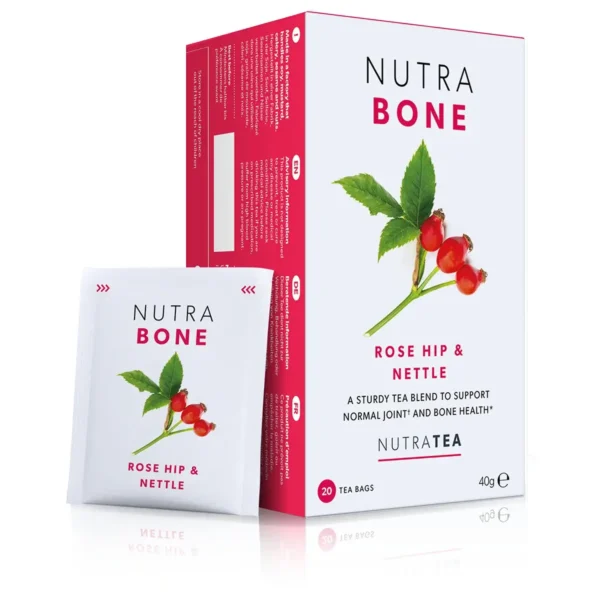NutraBlog
Arthritis Awareness Week- 5 exercises to keep your joints mobile

Did you know it’s estimated that around one-third of the British population (over 20 million people) has a musculoskeletal condition?
That’s a lot, and that does not even factor in the different types of arthritis!
With over 10 million people in the UK living with arthritis, this is a joint condition that can impact your quality of life, mood, mobility, and how you go about your day.
With arthritis awareness week approaching, we’re here to help you manage your joint issues more effectively. Learn about the best techniques, teas, and exercises for arthritis in this post today.
What is arthritis?
Millions of people across the UK have joint conditions like arthritis. Arthritis, in particular, causes inflammation and can be present in anyone of any age, including children. While there are a few types of arthritis, the most common ones are:
- Osteoarthritis: Mainly present in those in 40 or older and in women. It affects the smooth cartilage lining of your joint, making movement difficult to manage, contributing to pain and stiffness.
- Rheumatoid arthritis: When your immune system causes damage to your joints, it causes pain and swelling. Sometimes, it can change the shape of your joint.
- Gout: A form of inflammatory arthritis that causes sharp uric acid crystals to develop in and around your joints, causing pain and inflammation.
Arthritis awareness week -5 exercises to keep your joints mobile
If you have arthritis or care about your joint health, there are some exercises you can do to help ease your mobility and improve your joint health. These low-impact exercises can be easily added to your daily routine.
1.Walking
In honour of National Arthritis Week, we thought we’d highlight the importance of walking. You might already do it as part of your daily routine, but are you walking enough? Walking can be transformative for joint health. It can help strengthen your leg muscles, supporting your knees. It can also help reduce the pressure placed on your knees and decrease daily joint stiffness. Try to walk for at least 30 minutes a day for your body to benefit.
Note: When taking daily walks, try to stick to flatter terrain. If you walk uphill too much, you may place more strain on your joints and put yourself at risk of injuries.
2. Cycling
Whether going out cycling or working out on a stationary bike at the gym or home, cycling can be an excellent exercise to keep your joints mobile. Partly because, when you’re seated, you don’t have a strong impact of gravity pulling you down, compressing and adding weight to your hips, knees and feet. Moreover, the circular pedalling motion can help keep your joints moving, support the production of synovial fluid, help lubricate the joints with synovial fluid, and alleviate pain and stiffness.
3. Swimming
Jumping in your local swimming pool or sea can be an effective and healthy exercise for your joint health. This exercise is safer and more effective because it places less pressure on your joints, and water supports your body weight. Water also provides soft and steady resistance as you move, helping you work your muscles and build strength. Swimming, walking, treading, or even doing water aerobics can help your joint health.
4. Crosstrainer
Another low-impact option for your joints to consider this arthritis awareness week is a cross-trainer. As the cross-trainer already supports your feet, you don’t need to lift or place your foot in a specific place like jogging or walking. This means your joints don’t need to take the impact of stress. Like a bike, the circular motion helps you manage joint mobility and increase blood flow.
5. Resistance training
Strength training can help support and protect your joints, which is highly beneficial if you have arthritis. Exercises like squats, seated rows, leg extensions, and shoulder presses can help provide support and stability. However, if you’re new to weight training, you might want to work with a personal trainer who knows how to create an exercise program that steadily supports your joints. Remember to always warm up before you start strength training.
What teas can help with arthritis?
Do note that there’s no cure for arthritis, but there are herbal teas for joints that you can add alongside your exercise routine to help ease stiffness. Here are some of our most popular ones:
NutraJoint
NutraJoint is a great herbal tea that’s low in caffeine supporting joint health. The main ingredients in this joint care tea are curcumin, green tea and piperine, which help provide nourishment. Curcumin helps with joint flexibility, green tea bone strength and helps you feel more energetic. Meanwhile, piperine in NutraJoint is rich in antioxidants that support the absorption of curcumin.
NutraUric
Another joint support tea we recommend trying out this arthritis week is NutraUric. This caffeine-free tea is primarily intended to support uric acid and your joints. NutraUric contains dry cherry, nettle, turmeric, banaba leaf, orange peel, and piperine. Turmeric and nettle help support the health and flexibility of your joints, muscles, and tendons. This tea also has high antioxidant properties, helping protect your cells and tissues from oxidative stress.
NutraBone
NutraBone is a herbal tea that can help support bone health. Inside NutraBone is a blend of ingredients such as green tea, ginger, ginkgo biloba, yucca root, nettle, turmeric, willow bark, liquorice, rosehip, and devil’s claw. Together, these ingredients can help enhance the strength of your body’s locomotor system, help with joint flexibility, and support muscle and tendon health.
Turmeric & Cinnamon
Turmeric & Cinnamon is also a tea with high anti-inflammatory and antioxidant properties. This caffeine-free herbal tea also helps manage and support joint and bone health. It also supports blood circulation, liver health, and the immune system.
Wrapping up arthritis awareness week 2024
Overall, arthritis affects many people, and if you don’t have it, you may do. Whether you have arthritis or not, one area of your health you should always prioritise is your joints. Exercises like swimming, cross-training, walking, cycling, and resistance training can help lubricate and support your joints.
If you’re not sure what exercises are best for your joint health, speak to your doctor or hire a certified personal trainer specialising in joint support. In addition to exercise, try to focus on your diet for joint health, too. Want to know more about herbs that help with joints? Check out our post – the most effective herbs for back pain.

